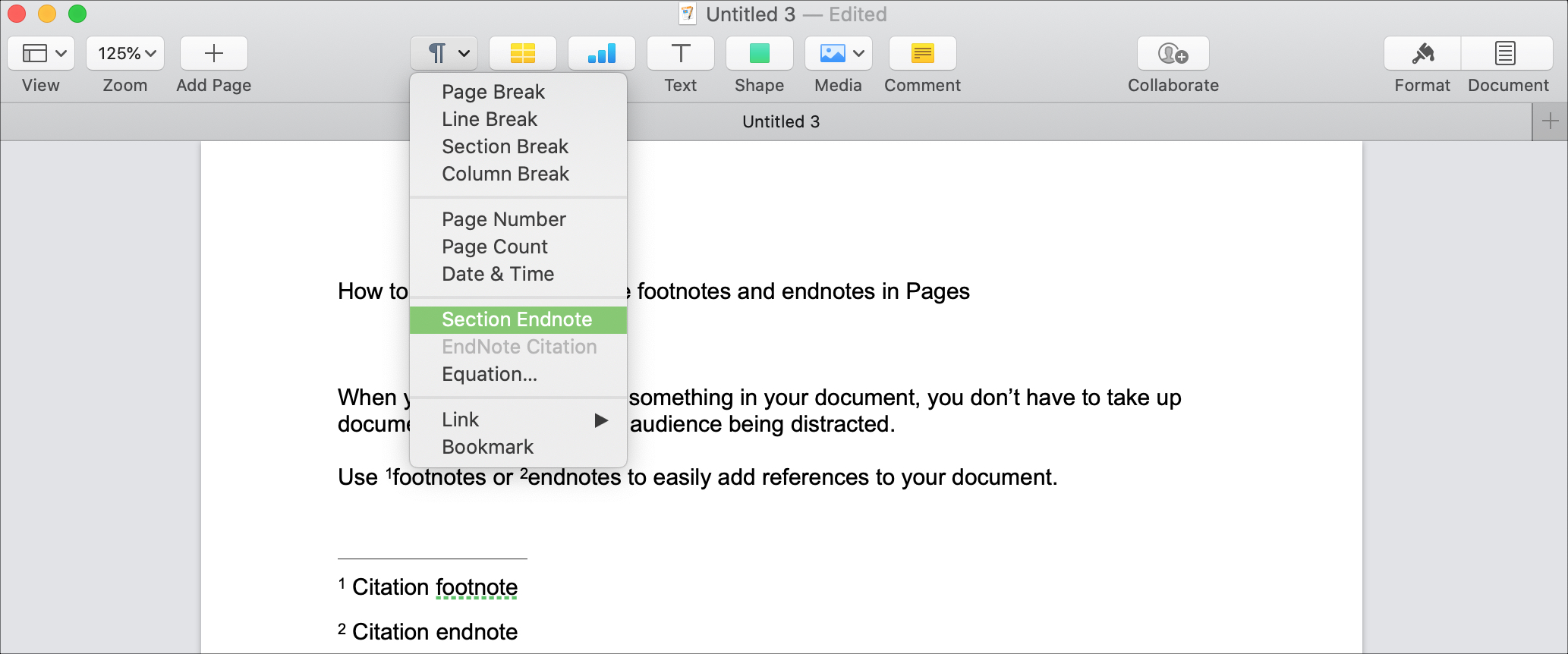

Radio frequency identification (RFID) represents an emerging platform for passive RF-powered wireless sensing. Authors may use MDPI'sĮnglish editing service prior to publication or during author revisions. Submitted papers should be well formatted and use good English. The Article Processing Charge (APC) for publication in this open access journal is 2400 CHF (Swiss Francs). Please visit the Instructions for Authors page before submitting a manuscript. Sensors is an international peer-reviewed open access semimonthly journal published by MDPI. A guide for authors and other relevant information for submission of manuscripts is available on the Instructions for Authors page. All manuscripts are thoroughly refereed through a single-blind peer-review process. Submitted manuscripts should not have been published previously, nor be under consideration for publication elsewhere (except conference proceedings papers). For planned papers, a title and short abstract (about 100 words) can be sent to the Editorial Office for announcement on this website. Research articles, review articles as well as short communications are invited.

Accepted papers will be published continuously in the journal (as soon as accepted) and will be listed together on the special issue website. All submissions that pass pre-check are peer-reviewed. Manuscripts can be submitted until the deadline.

Once you are registered, click here to go to the submission form. Manuscripts should be submitted online at by registering and logging in to this website. High-quality surveys and position papers with preliminary results are also welcomed. This forthcoming Special Issue invites technical publications covering any topic around EH, WPT, and related techniques towards tackling the battery-related bottlenecks in the IoT domain.

The combination of both, underpinned by enabling technologies, is crucial to achieving battery-less operations, thereby helping IoT to reach its full potential. In theory, EH offers unlimited energy by converting ambient resources into utilizable electricity, while WPT obviates the need for batteries by delivering the required energy remotely. To tackle this problem, research has been focused on promising alternatives, such as energy harvesting (EH), wireless power transfer (WPT), and energy-efficient/low-power communication and computation techniques. These devices, however, rely on limited-capacity batteries, which have been a major bottleneck in practical IoT deployments. The Internet of Things (IoT) envisions billions of connected devices for the seamless interconnection of cyber and physical worlds.


 0 kommentar(er)
0 kommentar(er)
